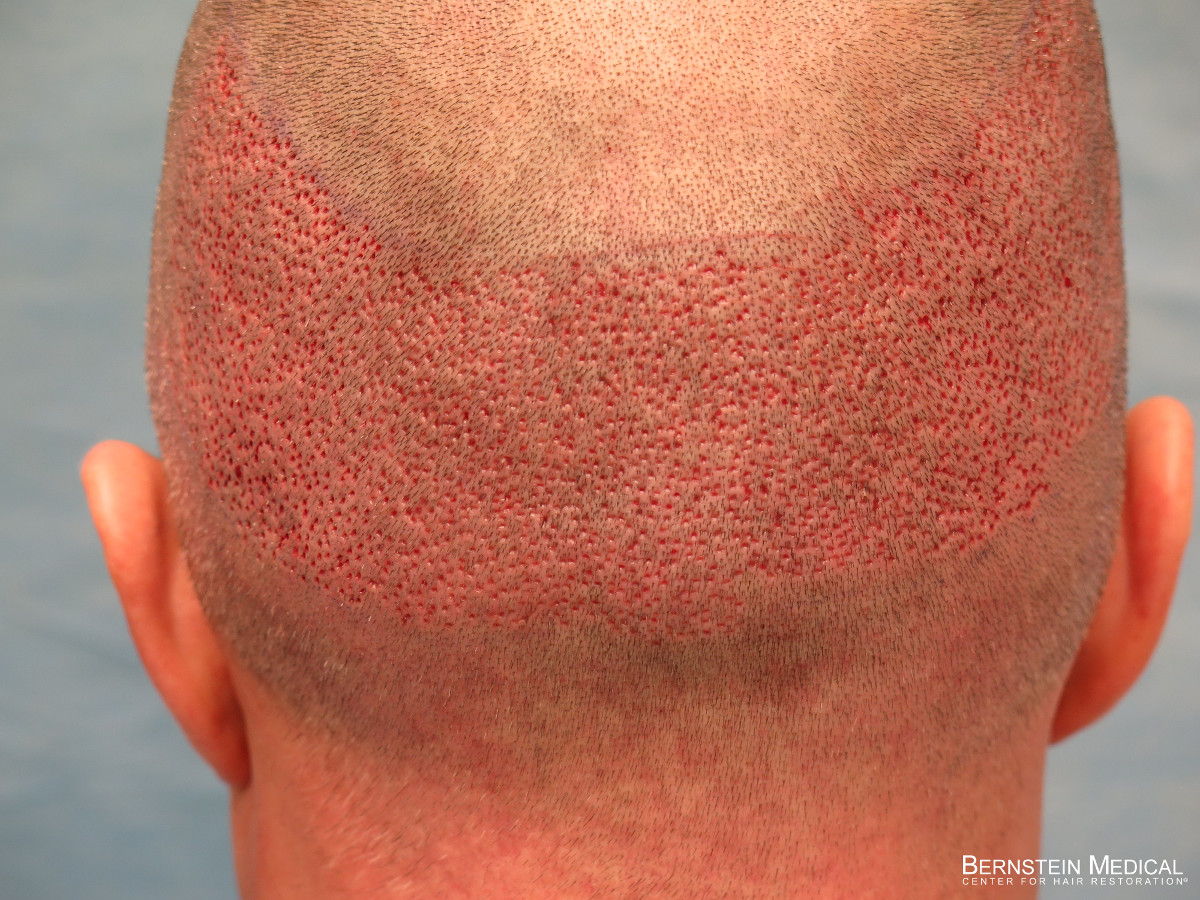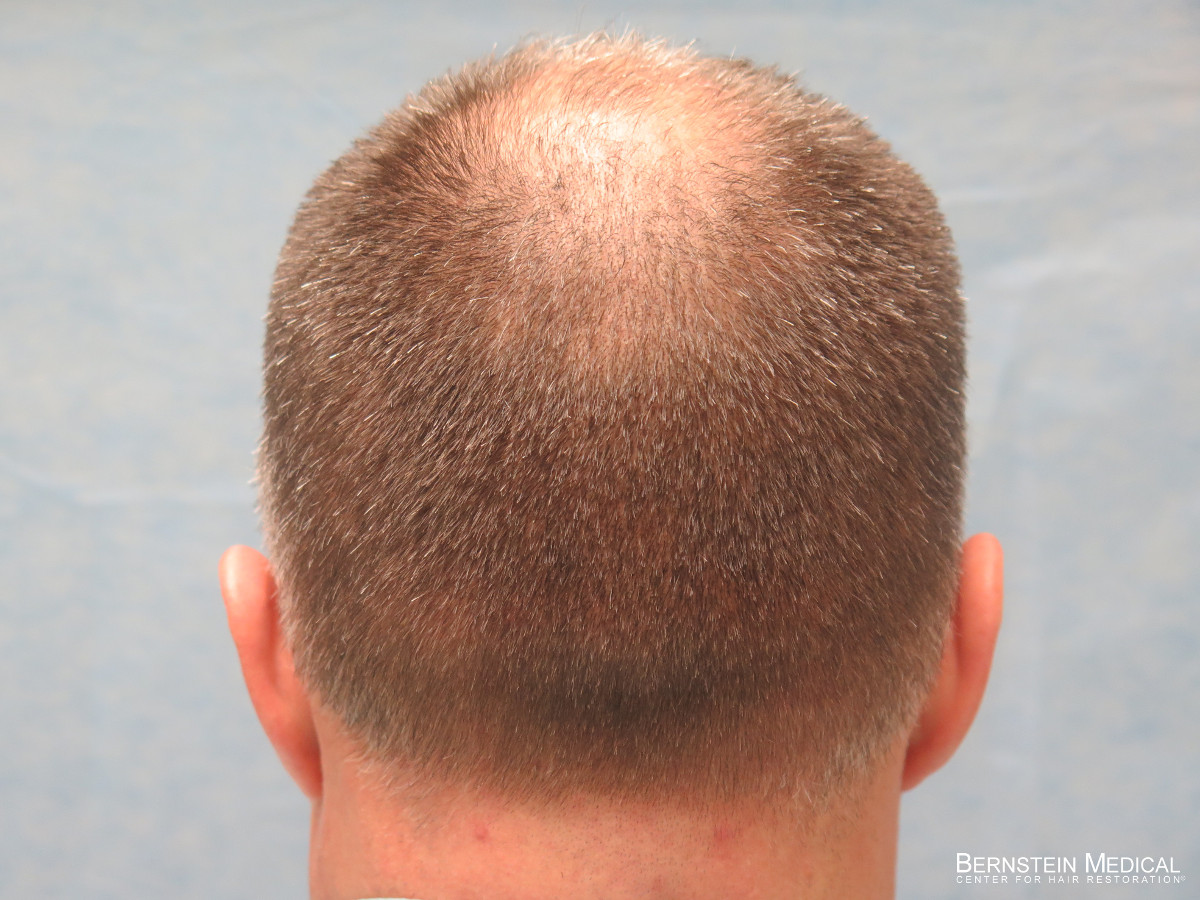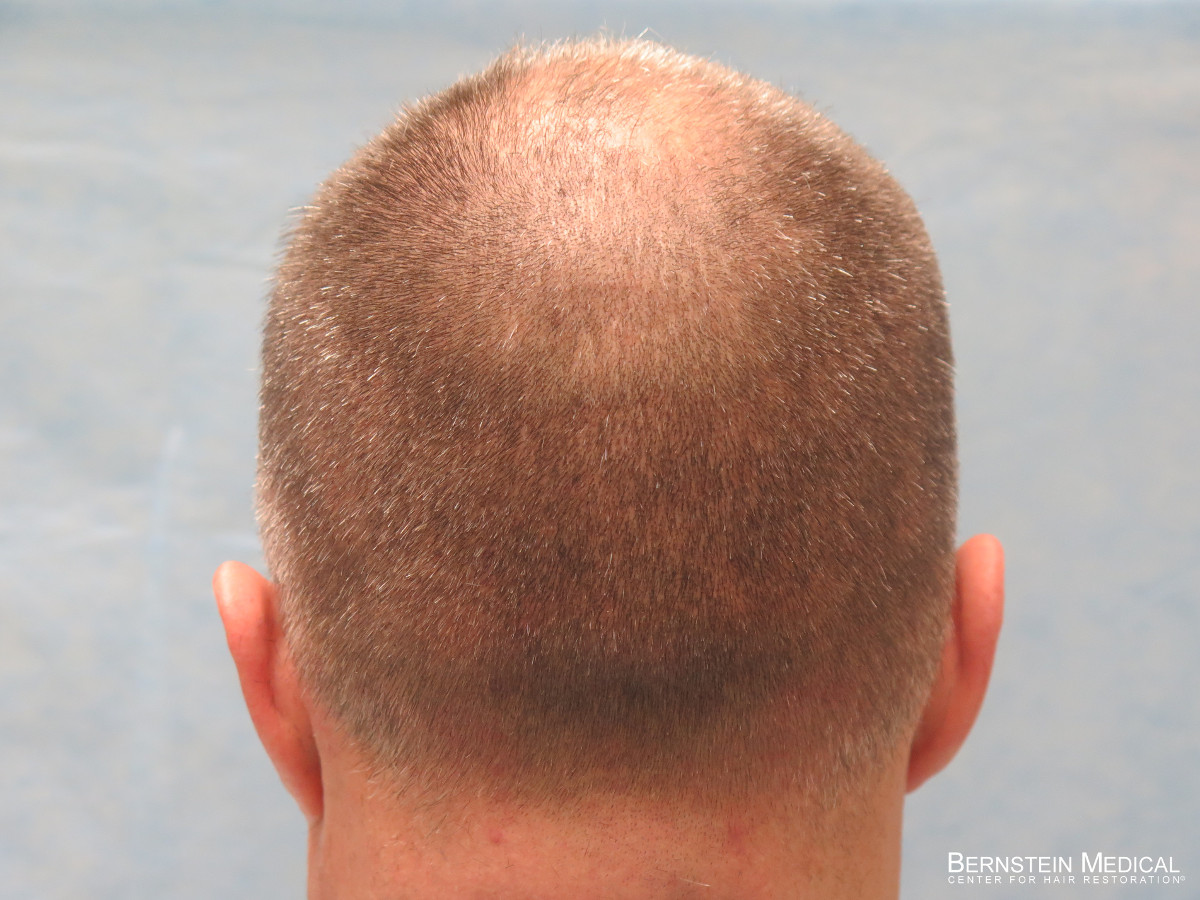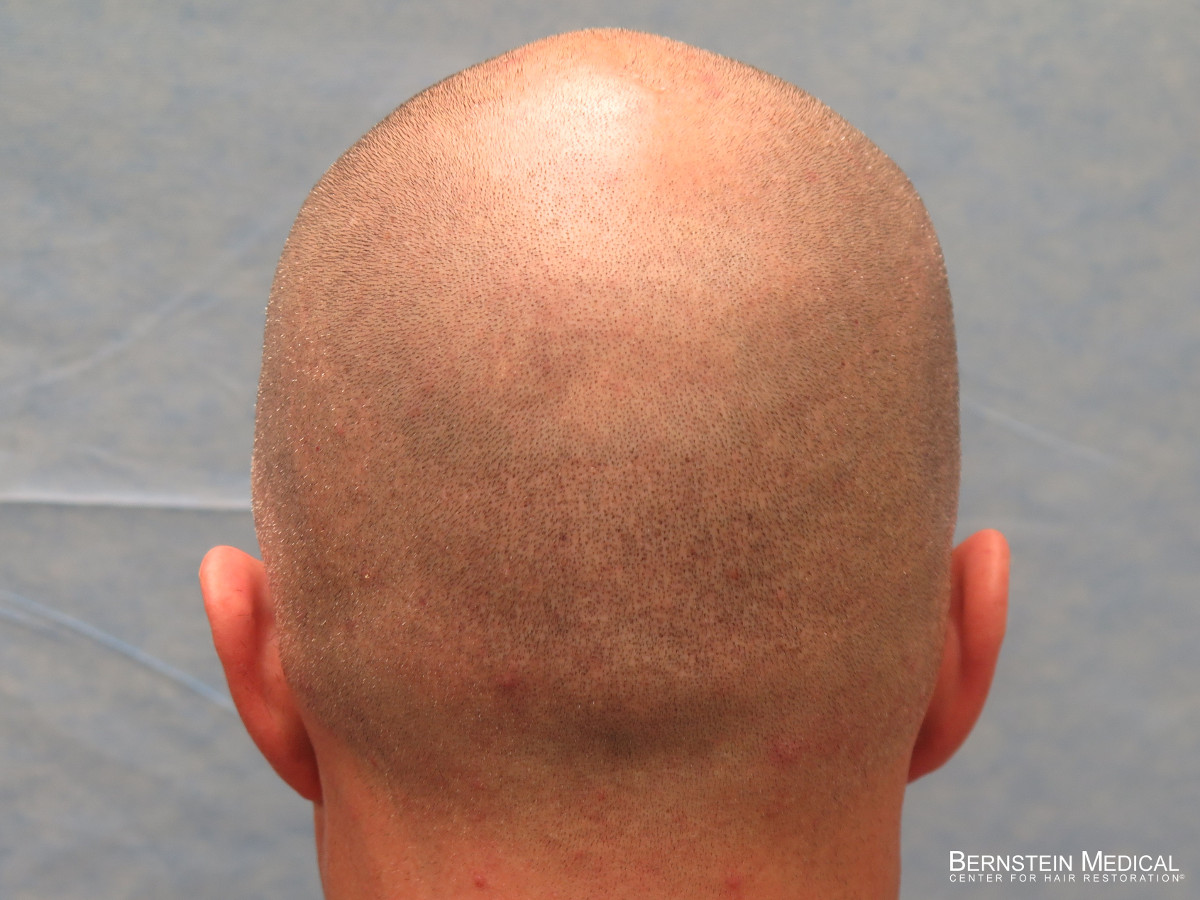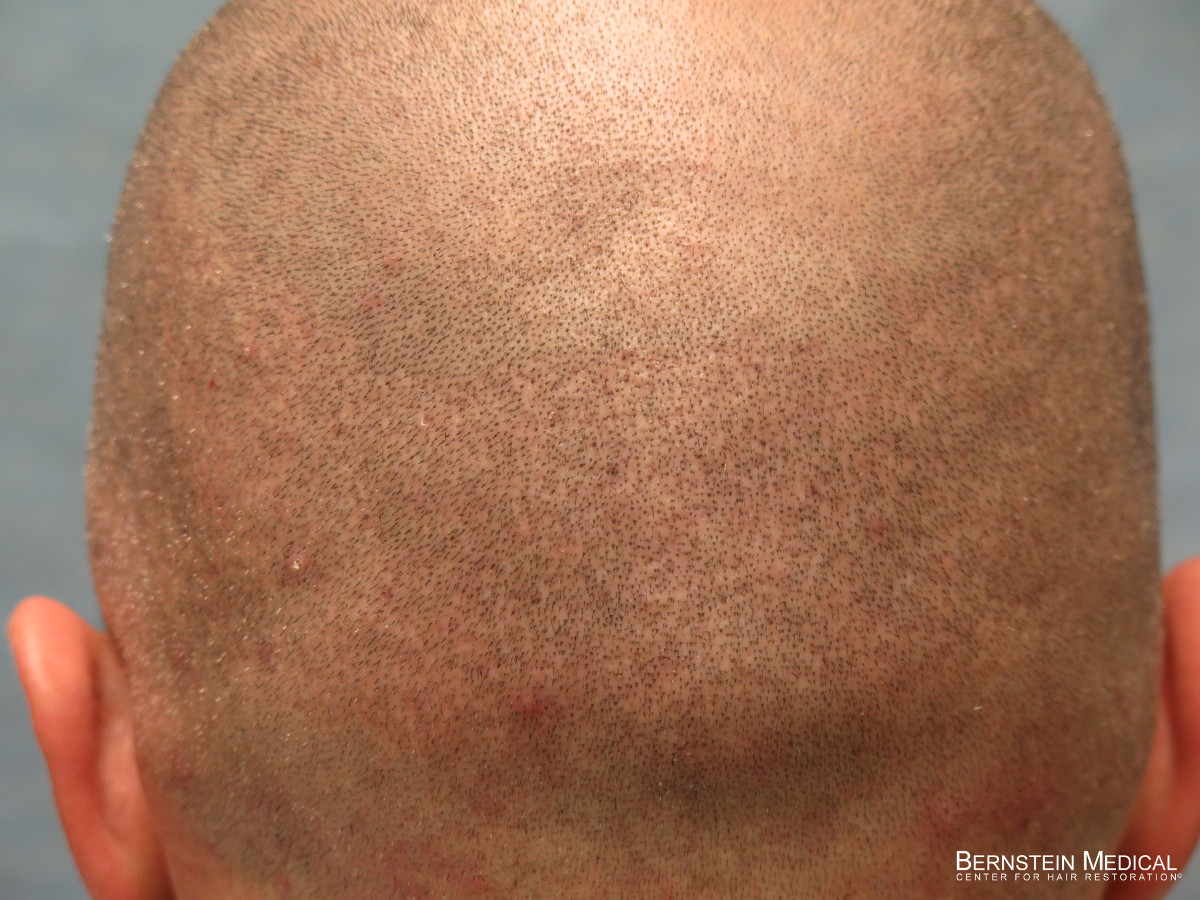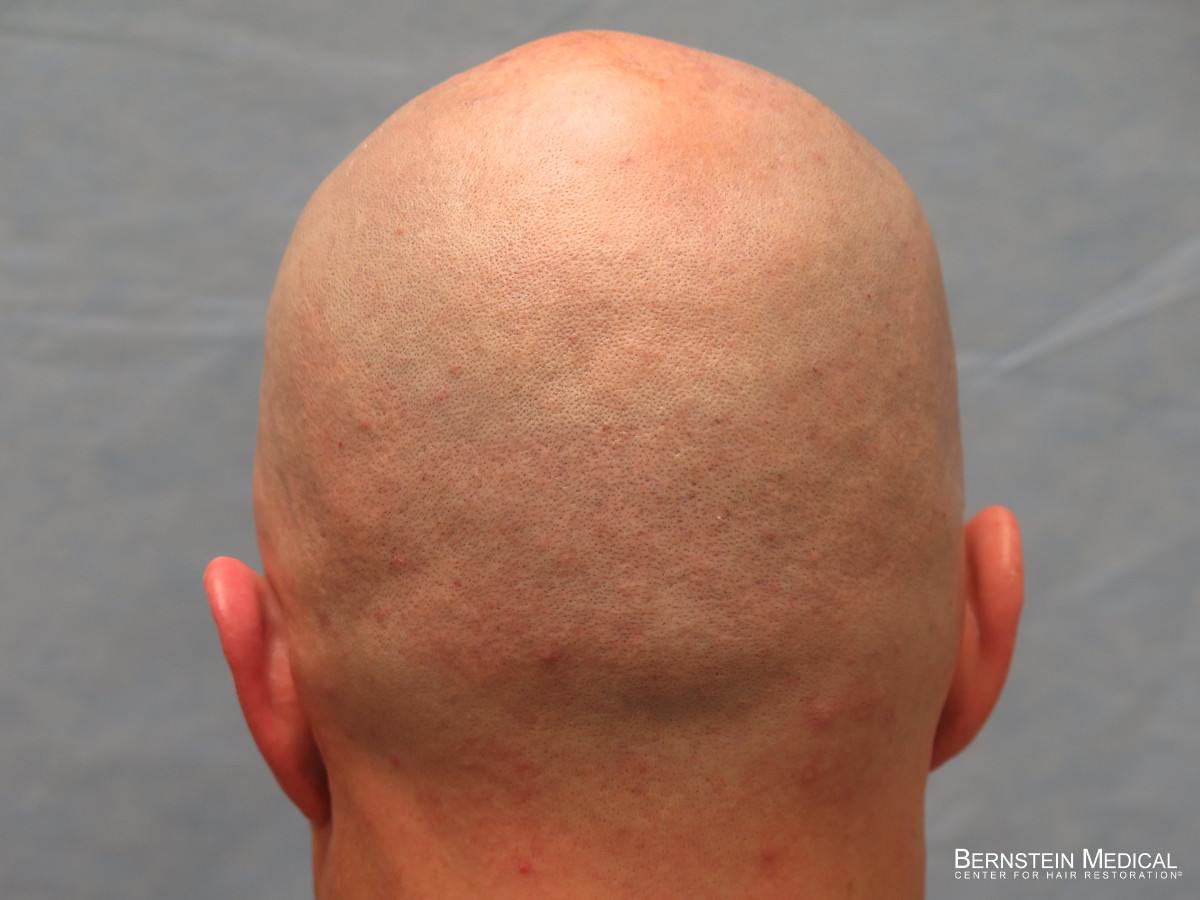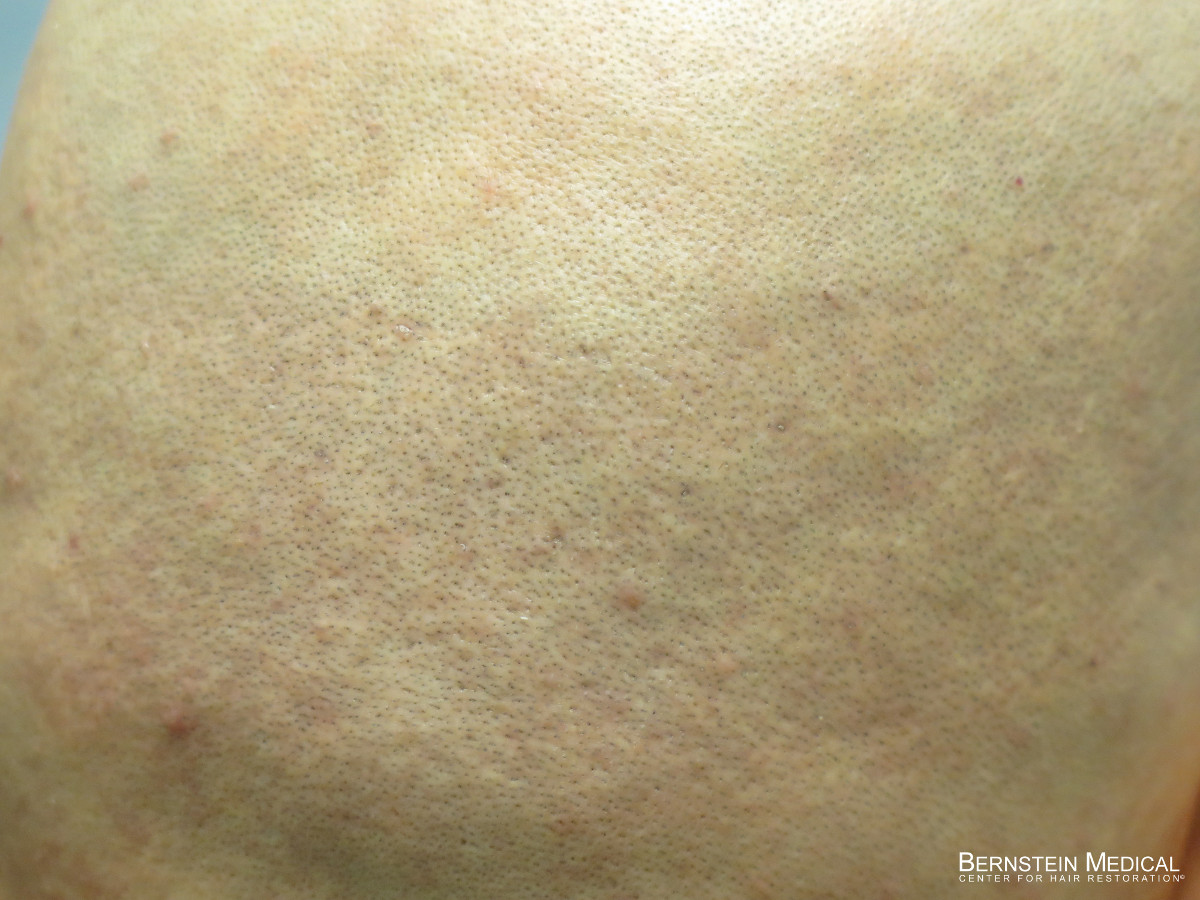Q: I have read a lot on the forums about hair transplant reversal and hair transplant repairs. Are they the same thing, if not, what is the difference? Can you reverse a hair transplant? — K.J. ~ Park Slope, N.Y.
A: A “hair transplant repair” refers to techniques that improve the appearance of a poorly executed procedure or one performed with outdated methods. A “hair transplant reversal” refers to techniques that enable the individual to appear as if no hair restoration surgery had been performed. Although the techniques in attempting to perform a repair or a reversal may be similar, the ultimate goals of each are quite different. It is important to understand that although significant improvement can often be achieved, perfect repairs and/or full reversals are generally not possible.
The main reasons for seeking a repair include; large grafts transplanted to the frontal hairline giving an unnatural, “pluggy” appearance, a frontal hairline placed too far forward, hair placed in the wrong direction, and donor and recipient site scarring. Outdated procedures such as scalp reductions and flaps also need to be repaired.
If the transplanted grafts are large (“hair plugs”), it is possible to surgically excise these grafts, microscopically dissect them into smaller follicular unit grafts, and re-transplant them into the scalp in a more natural-looking, aesthetic way. After these large grafts are removed, the sites are sutured closed and heal with very fine, often imperceptible, white scars. Hair plug removal is often followed by one or more sessions of FUT or FUE in order to harvest additional hair for use in camouflaging any remaining plugs or improving the appearance of the region where the plugs had previously been. These combined repairs can lead to excellent outcomes.
If the grafts at the hairline are not large but are placed too low or too broadly, it is possible to use laser hair removal and/or tweezing to remove these hairs. Repeated treatments may be necessary until the hair ceases to grow back at these locations. Additionally, hair which was placed in a direction different from the way hair naturally grows will usually need to be removed.
Another challenge in hair transplant repair is fixing widened donor scars that had resulted from poorly performed FUT/strip procedures. These scars are permanent and may be visible if the hair is not worn long enough. Scars from FUT procedures can be repaired by harvesting hair from the surrounding donor area (using FUE) and transplanting these follicular unit grafts into the scarred tissue.
Scalp micro-pigmentation (SMP), a permanent micro-tattoo, may be useful to further camouflage these linear scars. SMP can also be used to improve the look of the stippled scars of FUE in patients. This can occur with overharvesting, when patients wear their hair too short, or when the balding is more extensive than anticipated and extends into the harvested area.
A hair transplant reversal, in theory, has the goal of having the person look as though a hair transplant had never been performed. While reversing a hair transplant completely is not possible, the techniques previously discussed can be utilized to achieve a number of important things. The donor site scarring can be minimized and/or camouflaged and the smaller follicular unit grafts in the recipient zone can often be removed without leaving behind any visible scarring of the underlying skin. What is not possible is to restore the person’s density to a pre-procedure level as improperly performed transplants always result in wasted hair.
Posted by


